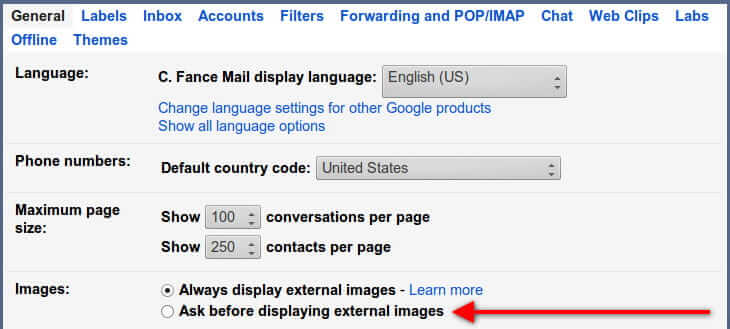
There is always a huge debate when it comes to the question, do pixel tracking or targeted ads violate your privacy? I have seen people raising eyebrows when I say that pixel tracking or any tracking for that matter is a huge security concern.
These people are usually from the advertising company, justifying that such tracking is only used for collecting statistics which helps them to target ads better.
Pixel Tracking and use:
Before we jump into what exactly is the privacy concern with pixel tracking, let’s understand what pixel tracking is and how it is used.
A tracking pixel which is also called 1×1 pixel becomes active when someone visits a web page or opens an email that has tracking pixel embedded in it. As the pixel has a dimension of 1×1, it is almost never visible to the website visitor or the email recipient and is purposely designed to be hidden.
The pixel is added in the form of a code on the website or the email, whenever the pixel is activated the browser sends information back to the pixel server. Various information that is usually transmitted back include::
– Operating system used
– was the email or website opened on a mobile phone or desktop, this is understood by the size of the screen
– the time when the email was opened
– the IP address
– user activity on the website
This information is then stored and processed to generate targeted ads for the user, for analytics, improving the user experience and SEO.
When it comes to email, this information can be used to check the success of marketing.
Privacy concerns:
There are advantages of using pixel tracking, no doubt but when you have such unique information about users stored, the information can always be misused and Facebook has recently proven this right.
As the tracking pixel is invisible and a visitor never knows their existence on the website or email, an individual’s information is stored without their consent.

Even when it comes to a pixel in an email, it can easily be used by a spammer to know if the email address is legit when a person opens the email and thereby sending a huge amount of spam emails.
Prevention:
You should have the right to choose if you wish to give away the details pertaining to you. Below are two popular ways to block pixel:
As the pixel is embedded in the form of images, the best way to disable pixel tracking is disabling loading of images in the browser
On Chrome, you can use various plugins that can block pixel tracking. You can use plugins like PixelBlock, Disconnect Facebook especially used against Facebook tracking, Ugly Email, to name a few.
Apple mail has a simple way to disable image loading, you can do so by going into “Preferences” and uncheck the option “Load Remote Content In Message” and on iPhone, you can disable “Load Remote Images” by going into settings.
In Gmail, you can go to settings and under general tab, select the option “Ask before displaying external images”

The best way to disable tracking is using proxies, as it will prevent from transmitting accurate data. So instead of individually disabling option on various applications or using plugin, using proxies is undoubtedly the easiest way.
Conclusion:
The information collected without consent should always be condemned as it violates the basic right of an individual. When it comes to companies like Google or Facebook, we expect them to maintain our privacy as they have massive amount of our data. But yes, we can never really trust them, so always take precaution to maintain your privacy online.
Post Quick Links
Jump straight to the section of the post you want to read:


About the author
Expert
Lorem ipsum dolor sit amet, consectetur adipiscing elit, sed do eiusmod tempor incididunt ut labore et dolore magna aliqua. Ut enim ad minim veniam, quis nostrud exercitation ullamco laboris nisi ut aliquip ex ea commodo consequat.
Related Articles
Guide to Data Wrangling: What It Is and Who Should Do It
Data wrangling comes in after you have extracted large amounts of raw data online. A guide to data wrangling we will be discussing in this article
15 Facebook Marketing Tips from Influencers 2020
Your brand needs to start selling on Facebook and if you require a tad bit more convincing, our blog will be useful for you with our Facebook Marketing Tips